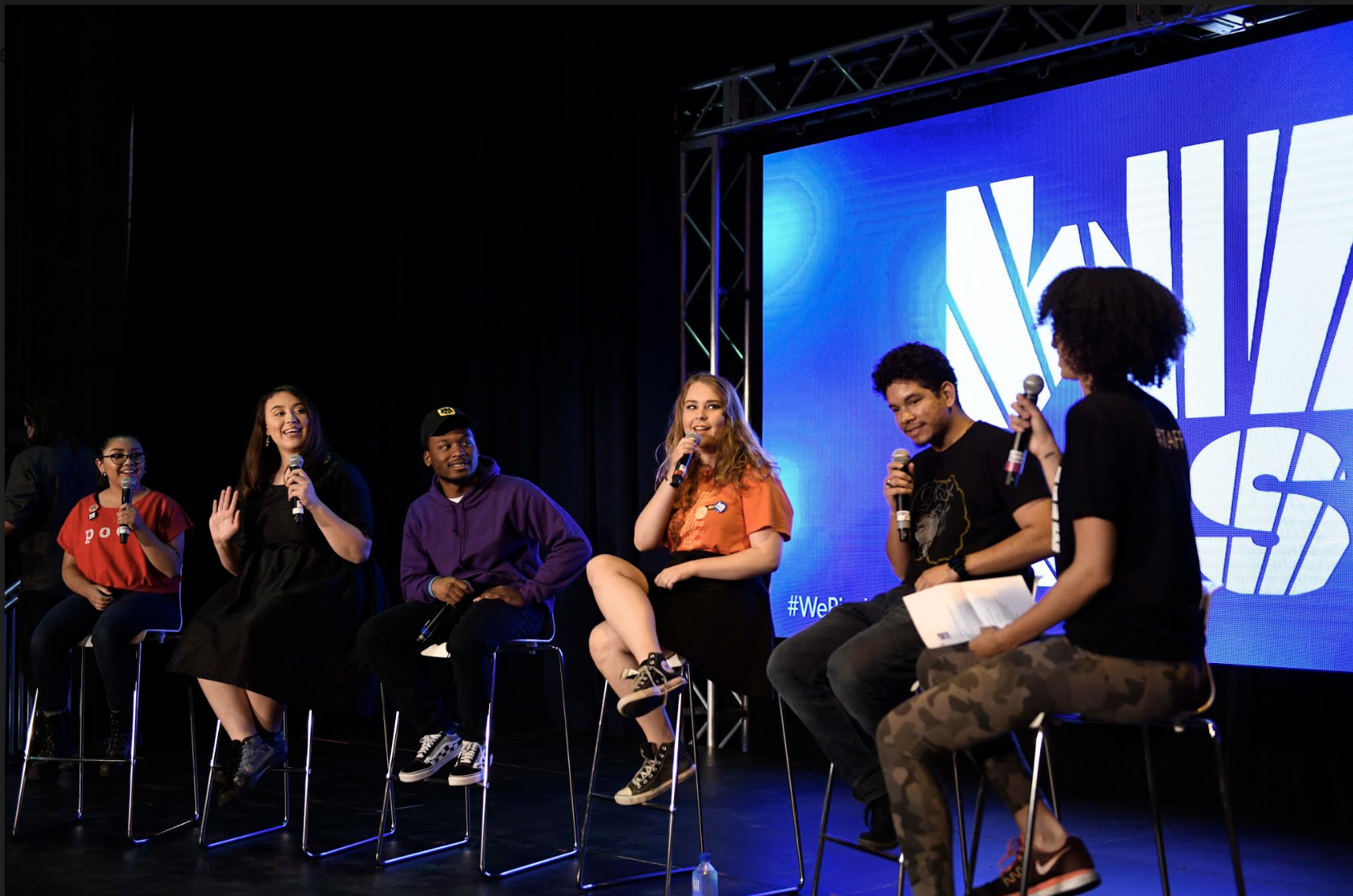One of the more intractable problems in mental healthcare is that nearly half of all those who would benefit from care don’t receive it. Multiple barriers seem to be involved, including lack of insurance, lack of knowledge, and stigma. Racial and ethnic minorities and LGBT individuals are particularly likely to go without needed care.
Mental health problems typically show up early in life, before or during high school or in people’s early twenties. So, it makes sense that one way to try and get more people into care is to engage this age group with the issue of mental health. Getting young people familiar with what mental illness is, dispelling myths and stereotypes, and letting them know what they can do to take care of their well-being and that of their friends might help to get them into care if they start to experience problems. But how do you get young people interested in and engaged with the topic of mental health? The Los Angeles County Department of Mental Health is undertaking an innovative approach to this problem with WhyWeRise, an effort that aims to create a social movement to fight barriers to mental health access. The campaign is intended to elevate mental health as a civil rights issue and leverage youth enthusiasm for activism as a way to create social change.
WhyWeRise launched with WeRise, an event that ran for three weeks in downtown LA. A kick-off rally included speakers and performers, including rapper Common and other celebrities, and was promoted through Facebook, Instagram and Twitter. For the remainder of WeRise, visitors could wander through an immersive art gallery and attend performances, panel discussions and workshops about mental health issues, with pop culture celebrities and activists as part of the mix. Outreach continued in the weeks following the WeRise event through social media and the WhyWeRise website. More recently, the county has placed colorful WhyWeRise images and messages on the sides of city buses, at bus shelters and on billboards.
My colleagues and I at the RAND Corporation recently evaluated the first weeks of WhyWeRise for the county, to find out whether they were reaching the right audience with their message and whether they were having an effect on them. What we learned was promising. When we surveyed attendees at the WeRise event people were enthusiastic – 90 percent or more said that attending made them want to be more supportive of people experiencing mental illness and that they felt empowered to take care of their own mental well-being. And the longer they were there, the more this was true. Of course, people at the event are a select group who might be especially receptive to the messages of WhyWeRise, so we spread our research net a bit wider. We conducted an online survey of more than 1,000 14 to 24 year-olds living in LA County 5-7 weeks after WeRise opened. We found that one in five of them were aware of WhyWeRise. That is impressive, exceeding what we found after a year of outreach for a major statewide mental health campaign we studied a few years ago. When we looked at social media chatter, we found that discussion of WeRise was frequent within a Twitter community in LA County that discussed mental health topics. This also suggests the campaign was reaching people.

So, did that outreach have an effect? Our online survey looked at whether youth who reported exposure to the campaign had different attitudes or beliefs than those who had not been exposed. Those who knew about WhyWeRise were more likely to say that they had “the power to change how our communities deal with mental health” and that they “planned to break down barriers” that keep people with mental health challenges from getting the help they need. They also were more likely to say that they knew how to get help with their own mental health, should they ever need to.
We did find some ways that the campaign could be improved – more outreach to teens and young males is needed, for example. And we can’t be sure that what we observed was an effect of the campaign. It could be that youth who were exposed to the campaign were already more empowered and knowledgeable than others. Only longer-term evaluation will be able to determine this. But our research suggests that LA County’s innovative approach of engaging youth in a social movement may be an effective way to get them involved. It could offer hope for making new inroads to address the stubborn problem of getting people experiencing mental health challenges the treatment they need.

